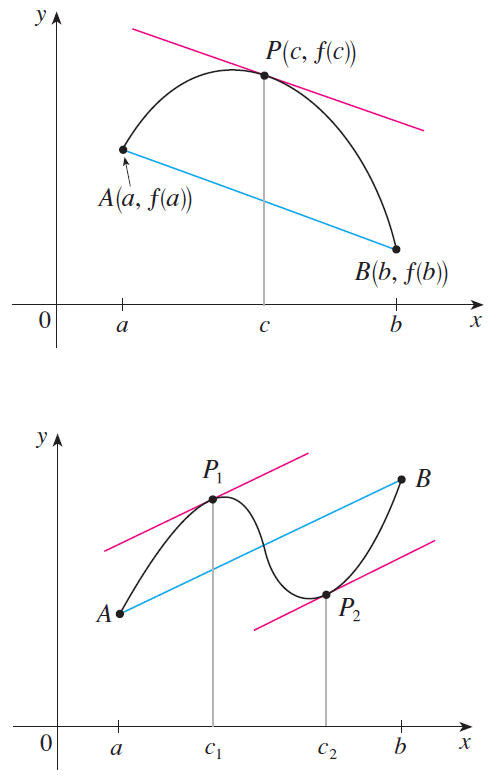WORKSHEET ON LOGARITHMIC EQUATIONS
Problem 1 :
Solve for x :
log6(x + 2) = 4
Problem 2 :
Solve for y :
log4(y - 5) = 3
Problem 3 :
Solve for a :
Problem 4 :
Solve for z :
log4(z) + log4(z - 15) = 2
Problem 5 :
Solve for a in terms of b :
log10(a) + log10(b) = log10(a + b)
Problem 6 :
Solve for m :
log14(m - 3) + log14(m + 2) = 1
Problem 7 :
Solve for y :
Problem 8 :
What are the restrictions on b, so that x has two real solutions in the following equation?

Answers
1. Answer :
log6(x + 2) = 4
Convert the above equation to exponential form.
x + 2 = 46
x + 2 = 4096
Subtract 2 from both sides.
x = 4094
2. Answer :
log4(y - 5) = 3
Convert the above equation to exponential form.
y - 5 = 43
y - 5 = 64
Add 5 from both sides.
x = 69
3. Answer :
Convert the above equation to exponential form.
a = 23
a = 8
4. Answer :
log4[z(z - 15)] = 2
log4(z2 - 15z) = 2
Convert the above equation to exponential form.
z2 - 15z = 42
z2 - 15z = 16
Subtract 16 from both sides.
z2 - 15z - 16 = 0
Solve by factoring.
z2 - 16z + z - 16 = 0
z(z - 16) + 1(z - 16) = 0
(z - 16)(z + 1) = 0
z - 16 = 0 or z + 1 = 0
z = 16 or z = -1
The aruguments of logarithms are always positive or greater than zero.
|
z > 0 |
z - 15 > 0 z > 15 |
The common solution of the inequalities z > 0 and z > 15 is
z > 15
Since z > 15, the solution z = -1 can not be acccepted.
Therefore,
z = 16
5. Answer :
log10(ab) = log10(a + b)
If two logarithms are equal with the same base, then their arguments must be equal.
ab = a + b
Subtract b from both sides.
ab - a = b
a(b - 1) = b
6. Answer :
log14[(m - 3)(m + 2)] = 1
log14(m2 - m - 6) = log14(14)
In the equation above, sine the two logarithms are equal with the same base, their arguments can be equated.
m2 - m - 6 = 14
Subtract 14 from both sides.
m2 - m - 20 = 0
Solve by factoring.
m2 - 5m + 4m - 20 = 0
m(m - 5) + 4(m - 5) = 0
(m - 5)(m + 4) = 0
m - 5 = 0 or m + 4 = 0
m = 5 or m = -4
The aruguments of logarithms are always positive or greater than zero.
|
m - 3 > 0 m > 3 |
m + 2 > 0 m = -2 |
The common solution of the inequalities m > 3 and m > -2 is
m > 3
Since m > 3, the solution m = -4 can not be acccepted.
Therefore,
m = 5
7. Answer :
8. Answer :
Kindly mail your feedback to v4formath@gmail.com
We always appreciate your feedback.
©All rights reserved. onlinemath4all.com
Recent Articles
-
Simplifying Algebraic Expressions with Fractional Coefficients
May 17, 24 08:12 AM
Simplifying Algebraic Expressions with Fractional Coefficients -
The Mean Value Theorem Worksheet
May 14, 24 08:53 AM
The Mean Value Theorem Worksheet -
Mean Value Theorem
May 14, 24 02:48 AM
Mean Value Theorem
